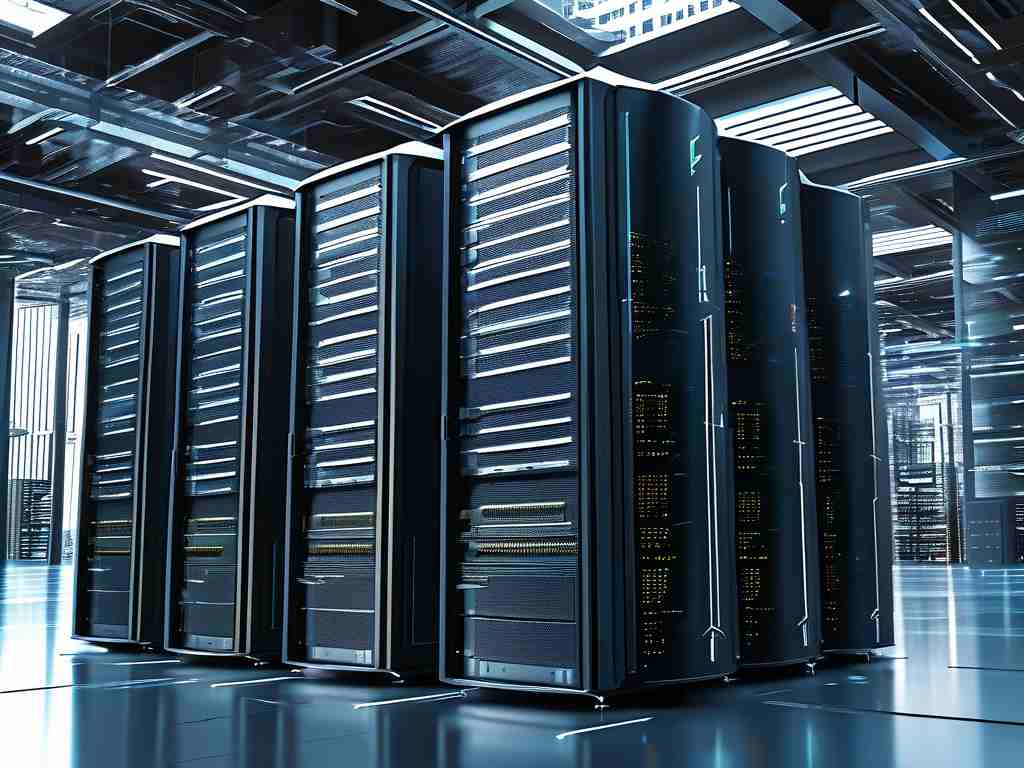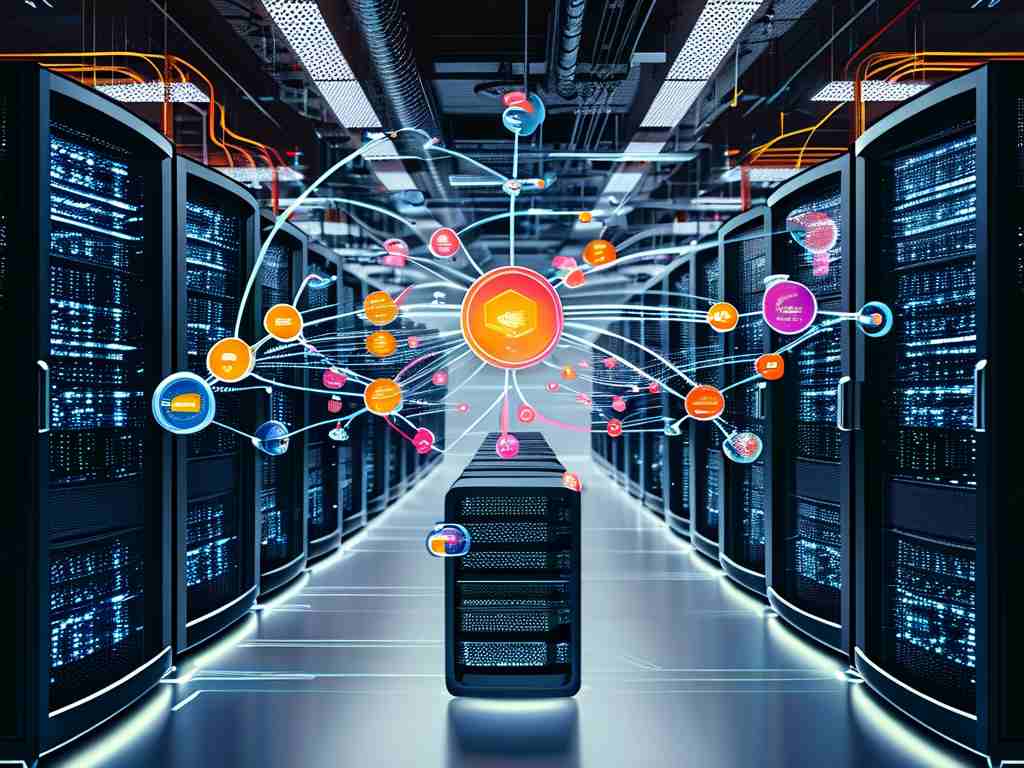The evolution of computing demands has given rise to distributed heterogeneous computing architectures, a paradigm shift combining diverse processing units across networked systems. Unlike traditional homogeneous setups, these architectures strategically deploy CPUs, GPUs, FPGAs, and specialized accelerators to handle complex workloads with unprecedented efficiency.

Technical Foundations
At its core, this architecture type leverages three key principles:
- Resource disaggregation through software-defined infrastructure
- Dynamic workload partitioning via intelligent schedulers
- Low-latency interconnects (e.g., CXL 3.0, NVLink)
A typical deployment might involve:
# Simplified resource allocation example
def allocate_task(task_type):
if task_type == 'AI_inference':
return GPUCluster.check_availability()
elif task_type == 'real-time_analytics':
return FPGAArray.get_next_slot()
else:
return CentralCPUPool.assign_threads()
Performance Advantages
Benchmarks across financial modeling and genomic sequencing reveal 2-5x speed improvements compared to conventional cloud setups. The secret lies in matching workload characteristics to optimal hardware:
- Neural networks thrive on GPU tensor cores
- Database operations leverage CPU cache hierarchies
- Signal processing benefits from FPGA reconfigurability
Implementation Challenges
Adopting this model introduces complexity in three areas:
- Cross-platform memory management
- Vendor-specific toolchain integration
- Thermal/power balancing across dissimilar components
Leading cloud providers address these through abstraction layers like AWS Nitro and Azure Maia, which virtualize hardware differences while maintaining performance transparency.
Industry Applications
From autonomous vehicle networks to pharmaceutical research, heterogeneous systems demonstrate remarkable versatility:
- Smart factories employ edge-based GPU clusters for quality control
- Healthcare networks distribute MRI analysis across CPU/FPGA hybrids
- Telecommunications operators combine ARM processors with NPUs for 6G signal processing
Future Directions
Emerging research focuses on three frontiers:
- Photonic interconnects reducing data transfer bottlenecks
- Neuromorphic co-processors for adaptive learning tasks
- Quantum-classical hybrid compute frameworks
As observed in recent MIT experiments, next-gen architectures may feature self-organizing resource maps that dynamically reconfigure based on workload patterns and energy availability.
Sustainability Considerations
While boosting performance, distributed heterogeneous systems introduce power management complexities. Innovative solutions like Google's demand-shaping algorithms demonstrate 40% energy savings by intelligently routing tasks to geographically optimal hardware based on renewable energy availability.
The convergence of 5G edge networks and chiplet-based designs promises to further democratize this architecture, enabling even mid-sized enterprises to deploy cost-effective, high-performance computing solutions. As development tools mature and standardization efforts progress, distributed heterogeneous computing is poised to become the backbone of intelligent infrastructure across industries.




